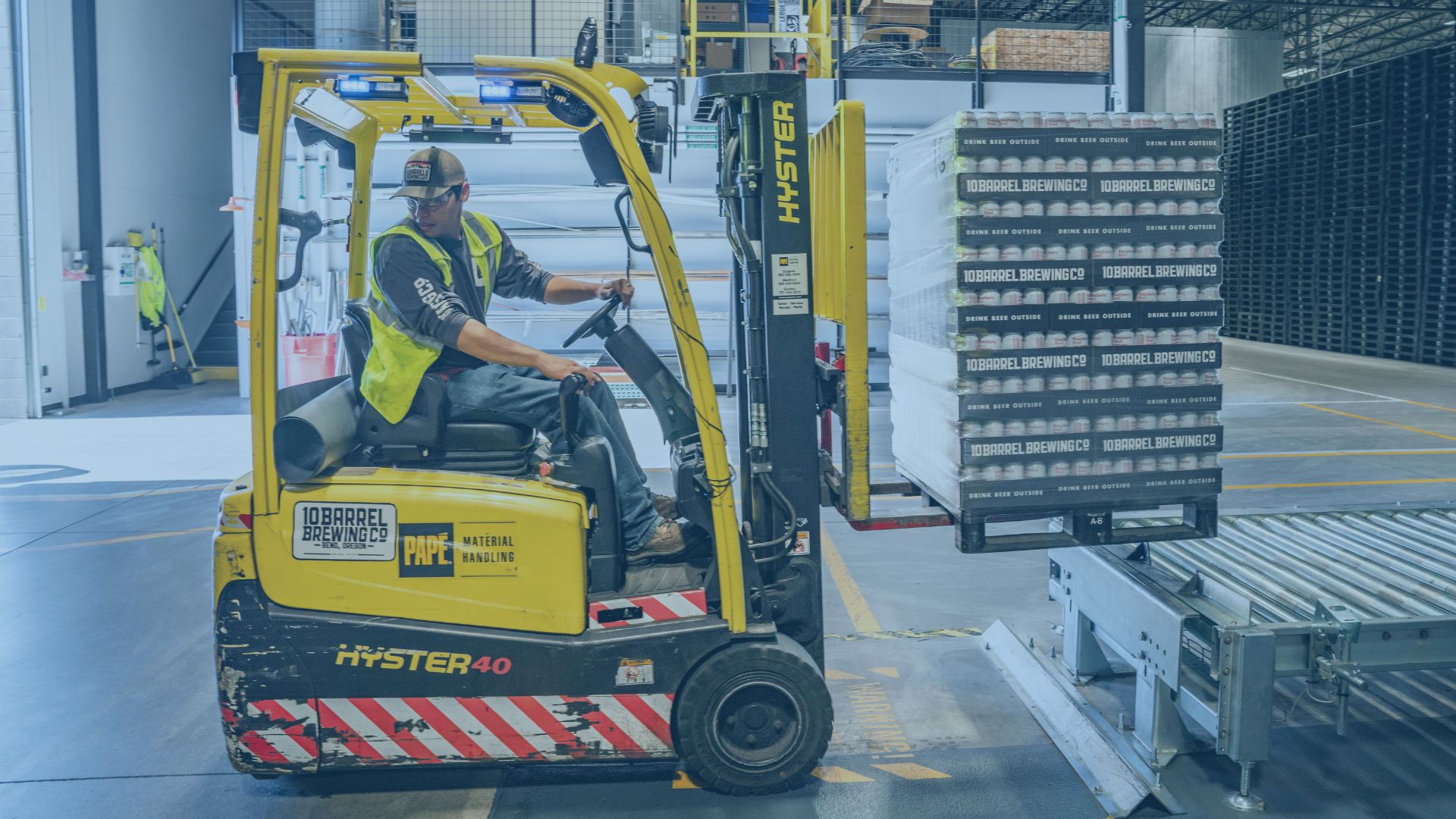Manufacturing is experiencing a paradox: despite a tight labor market, many open positions remain unfilled. Companies struggle to find the right talent, yet many qualified workers are overlooked due to outdated hiring practices and rigid job descriptions.
The problem? The skills mismatch. Too often, hiring managers focus on finding the “perfect” candidate rather than identifying high-potential individuals who can be trained and developed. This narrow approach slows hiring, increases turnover, and weakens workforce stability.
It’s time to rethink how manufacturing companies define talent.
What is the Skills Mismatch, and Why Does It Matter?
A skills mismatch happens when job requirements don’t align with the available workforce. Sometimes, this means hiring managers expect too much from applicants; other times, it means companies don’t recognize transferable skills from other industries.
In manufacturing, this often looks like:
❌ Overemphasis on degrees instead of hands-on experience.
❌ Discounting candidates with strong problem-solving skills but no direct industry experience.
❌ Requiring too many years of experience for roles that could be trained on the job.
As a result, great candidates slip through the cracks, and companies struggle to fill roles that could be developed internally.
Common Hiring Mistakes That Block Talent
To bridge the skills gap, hiring managers need to recognize outdated hiring filters that eliminate good candidates.
1. Over-Reliance on Formal Credentials
Many companies still prioritize degrees over real-world skills. While some roles require technical education, many jobs in modern manufacturing can be mastered through hands-on experience, apprenticeships, and on-the-job training.
2. Focusing Too Much on Experience
Requiring five or ten years of experience shrinks the candidate pool unnecessarily. Instead, assess whether a candidate has the critical thinking and adaptability to learn quickly in a manufacturing environment.
3. Ignoring Transferable Skills
Workers from industries like construction, logistics, and automotive repair often have problem-solving, equipment handling, and mechanical aptitude that transfer directly to manufacturing roles. Companies that widen their search benefit from a more diverse and adaptable workforce.
How to Fix the Skills Mismatch in Hiring
🔹 Rethink Job Descriptions: Shift from rigid checklists of qualifications to focus on core competencies and growth potential.
🔹 Emphasize Trainability: Hire candidates with strong learning abilities and technical curiosity, then invest in their development.
🔹 Use Apprenticeships and On-the-Job Training: Partner with technical schools or create in-house training programs to build the skills you need instead of waiting for the “perfect” hire.
🔹 Broaden Your Recruitment Reach: Tap into underrepresented talent pools, such as career changers, veterans, and skilled trade workers from adjacent industries.
Measuring the Success of a Skills-Based Hiring Approach
To track whether these adjustments are working, focus on:
📊 Time-to-hire: Are open positions filling faster?
📊 Retention rates: Are newly hired employees staying longer?
📊 Employee performance: Are hires with nontraditional backgrounds succeeding?
Manufacturing hiring must evolve. Companies that prioritize potential over perfection will build stronger, more adaptable workforces—filling critical roles while reducing costly turnover.

